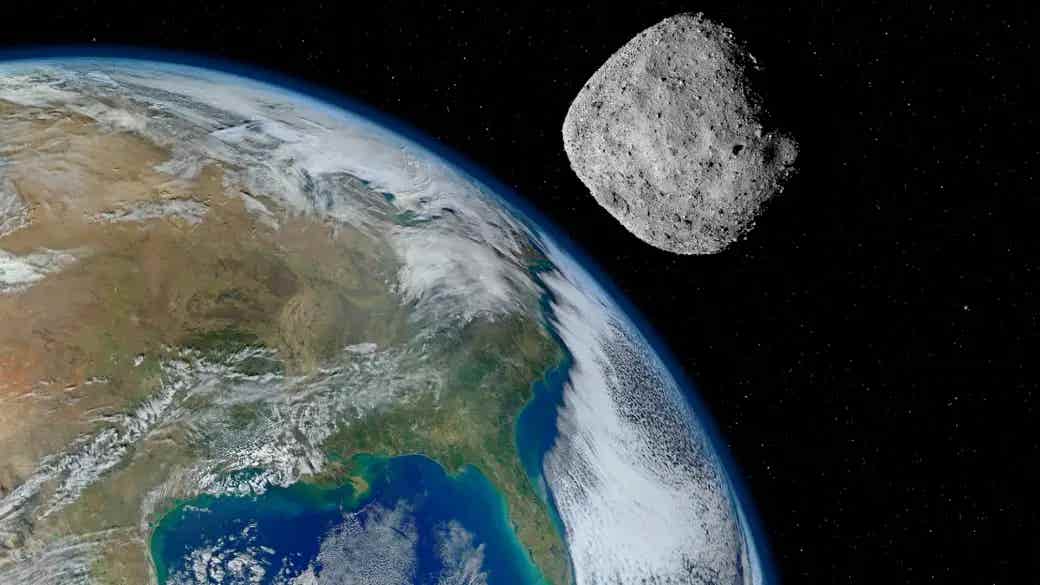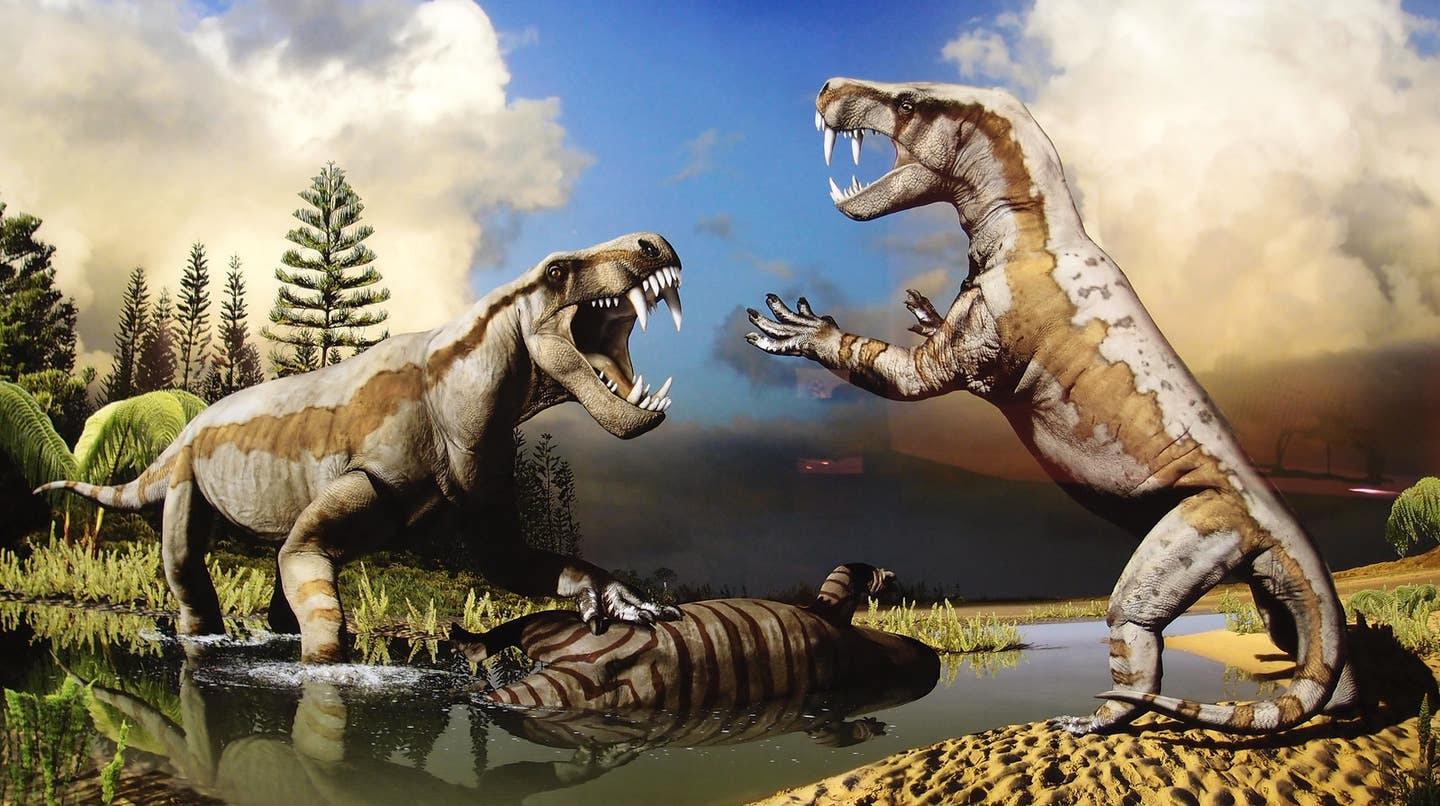Why the most valuable meteorites rarely make it to Earth
For scientists, meteorites are more than space debris. They’re time capsules, preserving clues about the early Solar System.

Why Earth rarely sees the most life-giving meteorites. (CREDIT: CC BY-SA 4.0)
As you watch the night sky, streaks of light often flash for a moment, then disappear. These brilliant flashes—called fireballs—are caused by space rocks, or meteoroids, entering Earth's atmosphere at high speed. While most of them burn up before reaching the ground, a few make it all the way. The ones that survive this fiery descent are known as meteorites.
For scientists, meteorites are more than space debris. They're time capsules, preserving clues about the early Solar System. Among them, one type stands out for its ancient and life-giving potential—carbonaceous chondrites. These meteorites are full of water-bearing minerals, carbon, and even amino acids, the building blocks of life. Many scientists believe they played a key role in delivering water and organics to early Earth.
But here’s the mystery: although carbon-rich asteroids are common in space, meteorites from them are very rare. Less than 4% of recovered meteorites are carbonaceous chondrites. Scientists have long assumed Earth's atmosphere destroys them during entry because they're more fragile. But new findings show that the atmosphere isn't the only problem.
The mismatch between asteroids and meteorites
When researchers use telescopes to study the main asteroid belt and nearby regions, they find that about two-thirds of the mass is made up of carbon-rich asteroids, known as C- and B-types. These should produce meteorites that reflect the same makeup. Yet when scientists look at the over 83,000 meteorites collected on Earth, less than one in twenty come from these types.
The logical answer has been that carbonaceous meteoroids are too weak to survive the plunge through Earth’s atmosphere. Their hydrated minerals and fragile structure cause them to shatter under heat and pressure. But no one had ever gathered enough data to test this idea—until now.
Observing thousands of fiery entries
A recent study published in Nature Astronomy changed that. Led by planetary scientist Hadrien Devillepoix of Curtin University, a team analyzed nearly 8,000 meteoroid impacts recorded by 19 global observation networks. These networks, spread across 39 countries, included high-resolution camera systems like FRIPON in France and the Global Fireball Observatory based in Australia.
With help from digital imaging, automated detection software, and years of collaboration, the researchers compared meteoroids that hit the atmosphere with those that survived and were recovered as meteorites. This allowed them to trace meteorite-producing orbits and study their survival rates in detail.
Related Stories
They discovered that carbon-rich meteoroids rarely even make it to Earth's upper atmosphere intact. Instead, many are destroyed in space—before they even get the chance to burn up.
The Sun bakes fragile meteoroids before they reach Earth
What’s breaking these space rocks apart long before atmospheric entry? The answer lies with the Sun.
Carbonaceous chondrites often follow orbits that bring them closer to the Sun than Earth. When these rocks swing near the Sun, then back out again, they undergo rapid and extreme temperature shifts. Over time, this thermal cycling causes cracks to form in their already brittle structure. These cracks eventually split the rocks into dust or small fragments too fragile to survive further space travel.
The researchers found that meteoroids with orbits that take them close to the Sun are far more likely to be destroyed by this heat. As Devillepoix explained, “What this research shows is many of these meteoroids don’t even make it that far: they break apart from being heated repeatedly as they pass close to the Sun.”
This process, combined with the atmospheric filter, helps explain why Earth’s meteorite collections are missing so many carbonaceous samples. In effect, the Sun acts as the first line of defense—eliminating the weakest material before it ever reaches our skies.
Not just weak, but worn down by time and space
The study also found that meteoroids created when asteroids get disrupted by gravitational forces—especially during close passes by planets—are often even more fragile. These tidally disrupted fragments rarely survive space travel, let alone entry into Earth’s atmosphere.
And while many meteoroids burn up due to speed, Devillepoix and his team discovered a twist. The ones that did survive and land as meteorites tended to hit the atmosphere at slightly higher velocities. That may seem backward, but it turns out the objects that can withstand both the Sun's heat and a fast plunge are the strongest. Getting closer to the Sun increases both orbital speed and the chance of survival—if the material is strong enough.
As Devillepoix put it, “Things that get closer to the Sun will be more likely to impact Earth at higher velocity.” So instead of burning up, strong survivors with solar-worn orbits are more likely to make it all the way to the ground.
Watching the sky, learning from space
Fireball observation networks played a key role in this research. Their global coverage allowed scientists to collect a dataset that spans years and thousands of impact events. These networks use low-cost, high-sensitivity cameras that constantly scan the sky. Every time a bright flash is detected, the data is saved, analyzed, and compared with other observations.
With this kind of surveillance, scientists can not only reconstruct meteoroid paths but also estimate their strength, size, and type. Even though most meteoroids are too small to be seen until the last moments before impact, their flashes tell researchers where they came from—and what they’re made of.
These efforts help fill gaps in knowledge that space telescopes and sample-return missions alone can't reach.
Missions to retrieve pristine space rocks
Sample-return missions like NASA's OSIRIS-REx and JAXA’s Hayabusa2 were launched to collect uncontaminated pieces of carbonaceous asteroids. OSIRIS-REx brought back samples from Bennu, while Hayabusa2 visited Ryugu. Both missions targeted dark, carbon-rich asteroids known to contain water-bearing minerals.
These untouched samples allow scientists to study what carbonaceous chondrites look like before they’re altered by Earth’s weather or heat. Unlike meteorites found on the ground—which may have been exposed to rain or soil for years—these space-delivered rocks are fresh from the source.
By comparing sample-return data with observations from meteoroid impacts, scientists can better understand how space rocks change on their way to Earth—and why some types almost never arrive.
A challenge for planetary defense
The results of this study also raise new questions for planetary defense experts. Carbonaceous asteroids are darker and harder to detect with telescopes. They often orbit closer to the Sun, where solar glare makes them even harder to spot. That means many may go unnoticed until it's too late to react.
Understanding how many of these carbon-rich bodies are in near-Earth space could help scientists improve models for potential impact risk.
A rare but essential cargo
Although carbonaceous meteorites are rare, they may still have delivered enough water and organic materials to early Earth to play a major role in life’s emergence. According to Devillepoix, it doesn’t matter whether water arrives in a large chunk or as dust—the atmosphere absorbs it, and it falls to Earth eventually.
But the survival of amino acids in dust-sized particles is still uncertain. While large carbonaceous meteorites are rare today, their contributions billions of years ago might have been enough to kickstart biology.
That’s why, as Dr. Patrick Shober from the Paris Observatory noted, “Carbon-rich meteorites are some of the most chemically primitive materials we can study—they contain water, organic molecules and even amino acids.”
In the end, the space rocks that could tell us the most about our origins are also the least likely to reach us. But thanks to new technology, global teamwork, and deep-space missions, scientists are finally getting closer to solving this cosmic puzzle.
Note: The article above provided above by The Brighter Side of News.
Like these kind of feel good stories? Get The Brighter Side of News' newsletter.
Joshua Shavit
Science & Technology Writer | AI and Robotics Reporter
Joshua Shavit is a Los Angeles-based science and technology writer with a passion for exploring the breakthroughs shaping the future. As a contributor to The Brighter Side of News, he focuses on positive and transformative advancements in AI, technology, physics, engineering, robotics and space science. Joshua is currently working towards a Bachelor of Science in Business Administration at the University of California, Berkeley. He combines his academic background with a talent for storytelling, making complex scientific discoveries engaging and accessible. His work highlights the innovators behind the ideas, bringing readers closer to the people driving progress.



